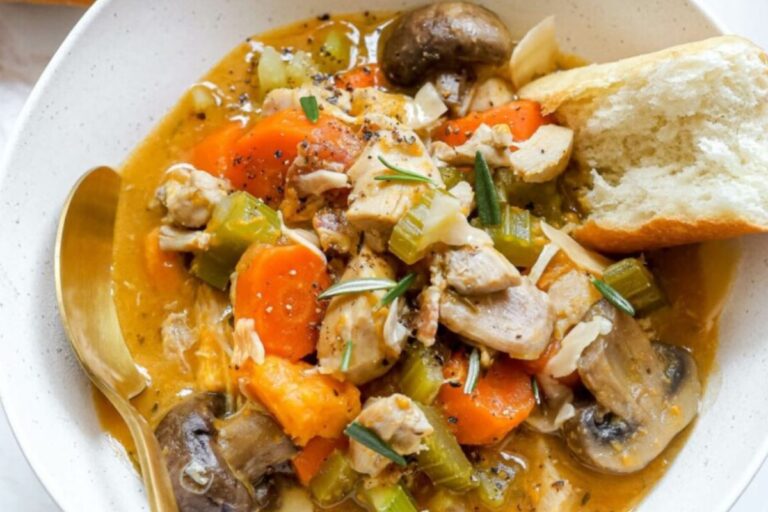15 Foods That Will Stay Fresh in Your Stockpile for 15+ Years
Building a long-term food stockpile can be a smart way to ensure you’re prepared for emergencies, natural disasters, or simply periods of scarcity. The key to maintaining a reliable stockpile is choosing foods that will stay fresh for a long time.
When stored properly, some foods can last for 15 years or even longer without losing their nutritional value or flavor. Here are several foods that should be part of your long-term stockpile, offering both versatility and durability for extended storage.
Dried Beans
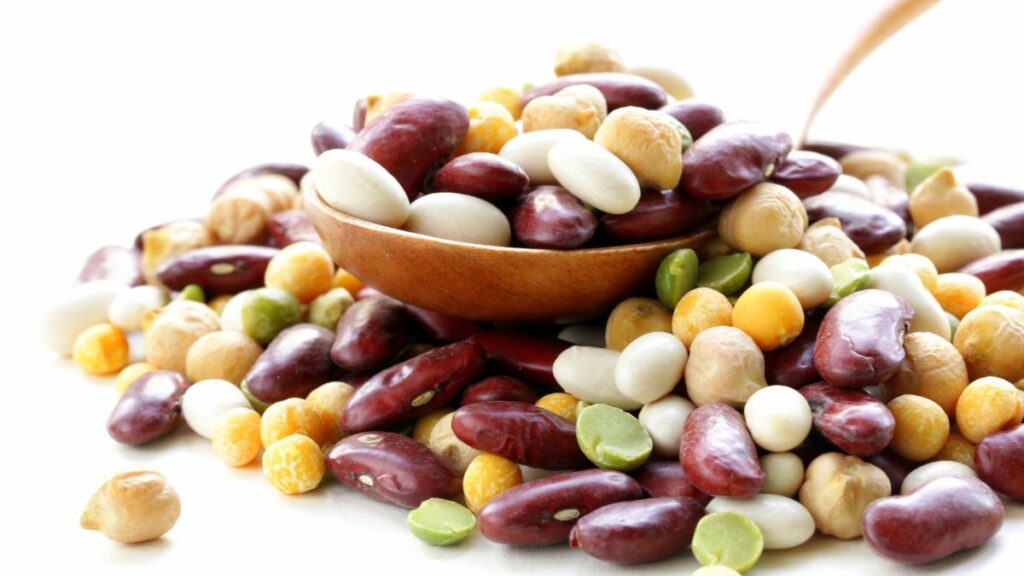
Dried beans are a powerhouse when it comes to long-term storage. When kept in a cool, dry place, they can last up to 15 years or more. Beans like lentils, black beans, and chickpeas are not only nutrient-dense but also easy to store in bulk.
They provide a rich source of protein, fiber, and vitamins, making them a staple in many stockpiles. Their versatility in cooking makes them a valuable addition, whether used in soups, stews, or side dishes. Just be sure to store them in airtight containers to avoid moisture.
White Rice
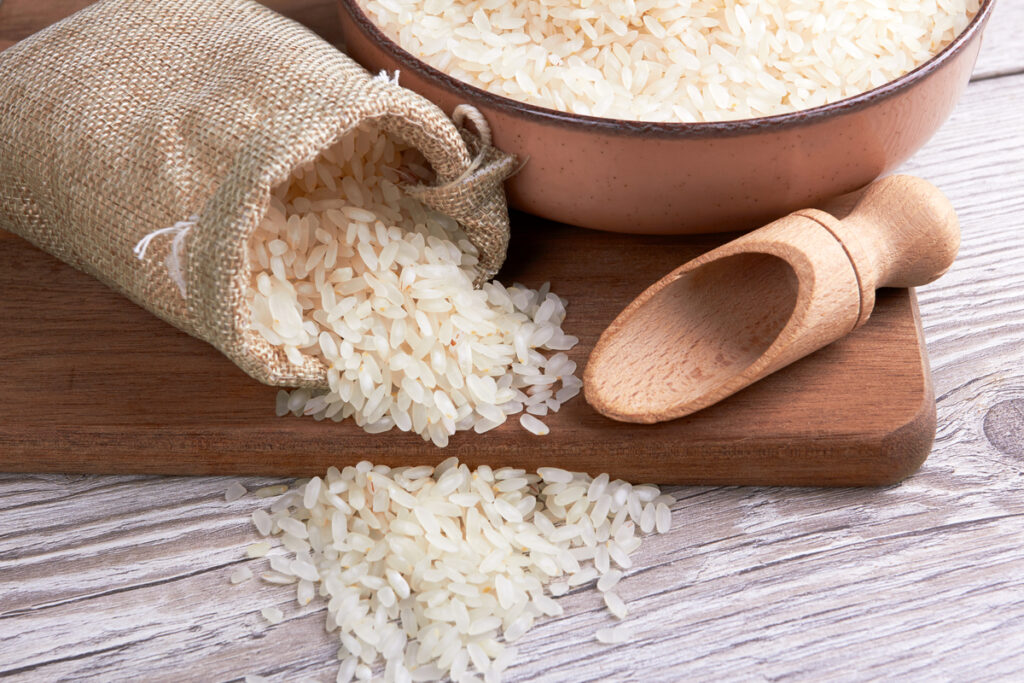
White rice is another excellent choice for long-term storage. If stored in airtight containers and kept away from moisture and pests, white rice can last for 15 years or more. It’s an excellent base for meals and pairs well with various ingredients, making it an essential part of any emergency food supply.
Unlike brown rice, which has a higher oil content and shorter shelf life, white rice’s refined nature allows it to last longer. It’s easy to cook and can stretch your meal options significantly during tough times.
Honey
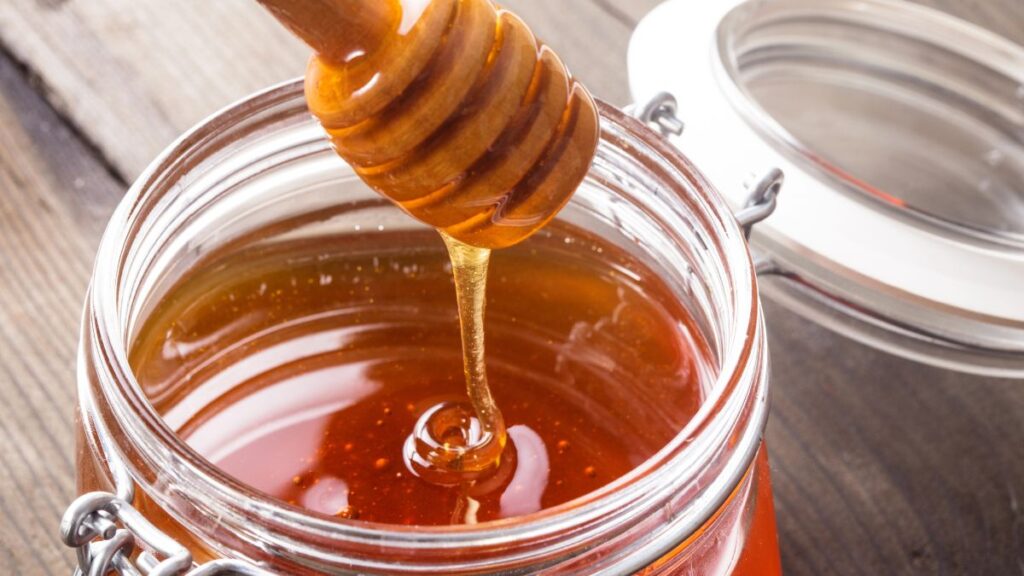
Honey is one of the few foods that can last virtually forever when stored properly. Archaeologists have even discovered ancient pots of honey that were still edible after thousands of years. Honey’s natural properties make it resistant to spoilage and doesn’t need refrigeration.
Not only is honey a sweet treat, but it also has medicinal properties, making it useful beyond the kitchen. Ensure that your honey is sealed tightly to prevent it from crystallizing over time, though even crystallized honey can be reconstituted with gentle heating.
Hardtack
Hardtack is a simple, long-lasting biscuit that sailors and soldiers have used for centuries. Made from just flour, water, and salt, it can last up to 15 years or longer if stored correctly.
While it’s not the most flavorful food, it’s incredibly durable and can provide necessary sustenance in times of need. It can be eaten dry or softened by soaking in water or soup. Because of its longevity, hardtack is a practical addition to any emergency food stockpile.
Powdered Milk
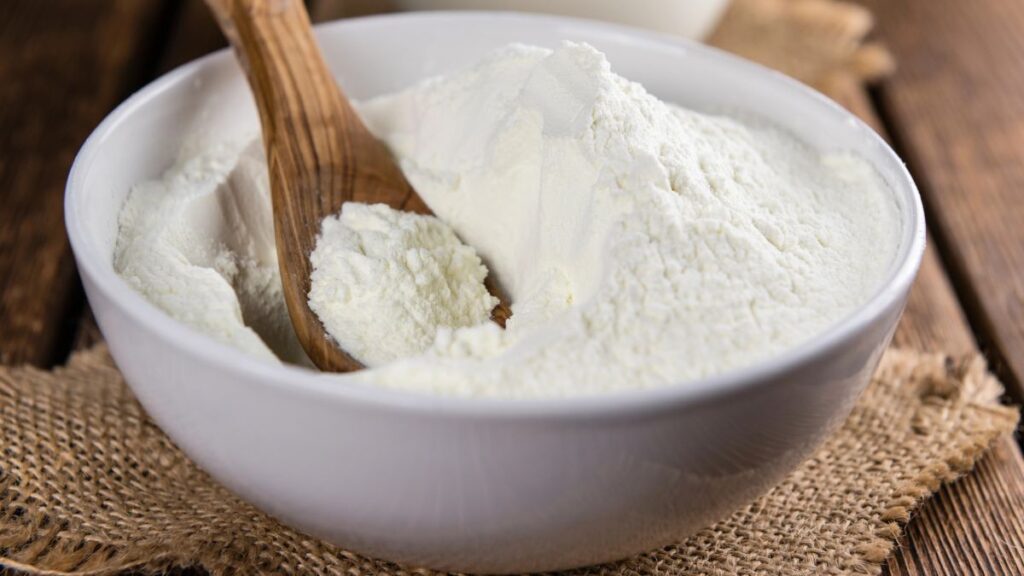
Powdered milk is a convenient and long-lasting source of dairy, making it a great addition to your stockpile. When stored in airtight containers and kept in a cool, dry place, powdered milk can last up to 15 years.
Powdered milk is a versatile ingredient that can be used for baking, cooking, or simply reconstituted into liquid milk. It’s also a good source of calcium, protein, and vitamins, which are essential in maintaining a balanced diet. For maximum shelf life, keep powdered milk in Mylar bags or sealed containers.
Pasta

Pasta is a staple in many households, and its ability to stay fresh for up to 15 years makes it ideal for long-term storage. When stored in airtight containers, pasta can remain free from moisture and pests, preserving its quality.
Pasta is versatile and pairs well with sauces, meats, and vegetables, making it a reliable meal base. It is also lightweight and easy to cook, which is helpful in emergency situations. Just boil it in water, and it’s ready to eat in minutes.
Dehydrated Vegetables

Dehydrated vegetables are an excellent way to ensure you have nutritious, long-lasting food in your stockpile. When properly stored, they can last for up to 15 years, providing essential vitamins and minerals.
Dehydrating removes the moisture that causes vegetables to spoil, allowing them to be preserved for extended periods. Vegetables are easy to rehydrate and can be used in soups, stews, or as side dishes. To maximize their shelf life, be sure to store them in airtight containers or vacuum-sealed bags.
Salt
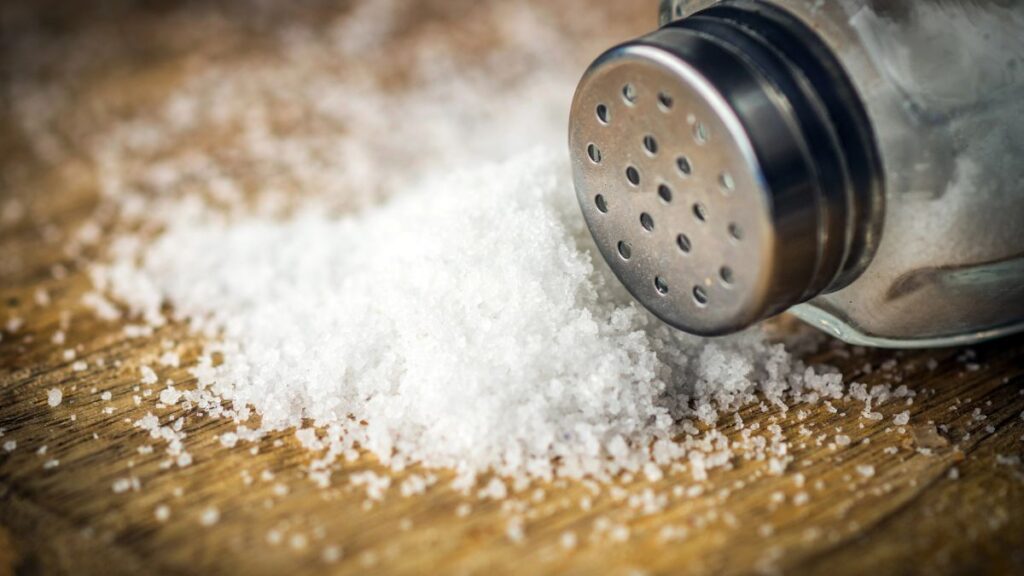
Salt is another food item with an indefinite shelf life when stored properly. It doesn’t spoil, making it an essential part of any long-term stockpile. Salt is crucial for flavoring food, preserving other foods, and even for medicinal purposes.
Whether you use table salt, sea salt, or kosher salt, it’s important to store it in a cool, dry place away from moisture. Salt is also useful for curing meats and making pickles, adding to its versatility in a survival situation.
Sugar
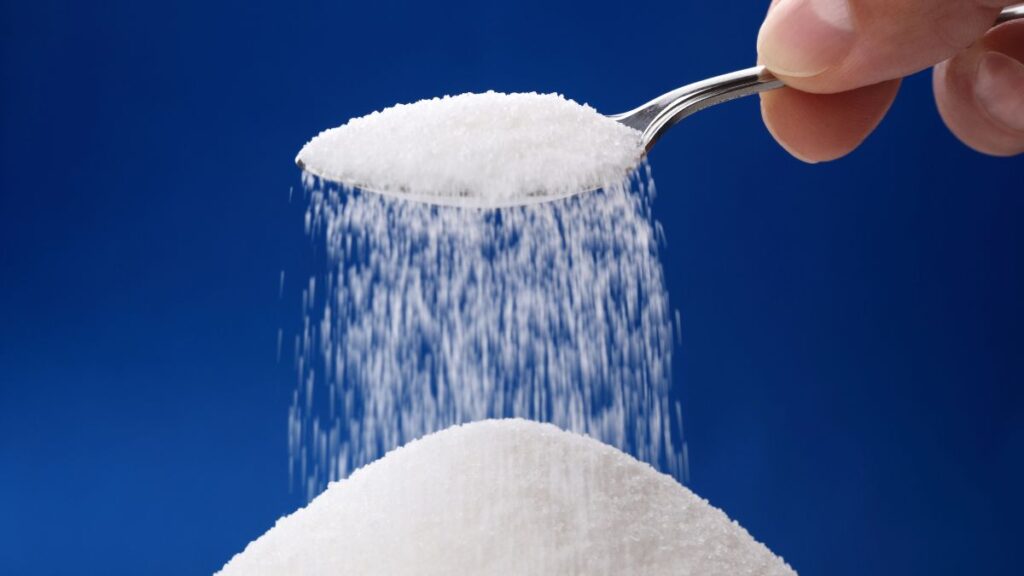
Like salt, sugar has an incredibly long shelf life if stored properly. It doesn’t spoil or go bad as long as it’s kept in a dry, airtight container. Sugar can be used in baking, cooking, and even preserving other foods like fruits through canning or making jams.
It’s a valuable energy source and adds sweetness to a variety of dishes. Whether you prefer white sugar, brown sugar, or raw sugar, keeping some in your stockpile is a smart choice.
Canned Meat
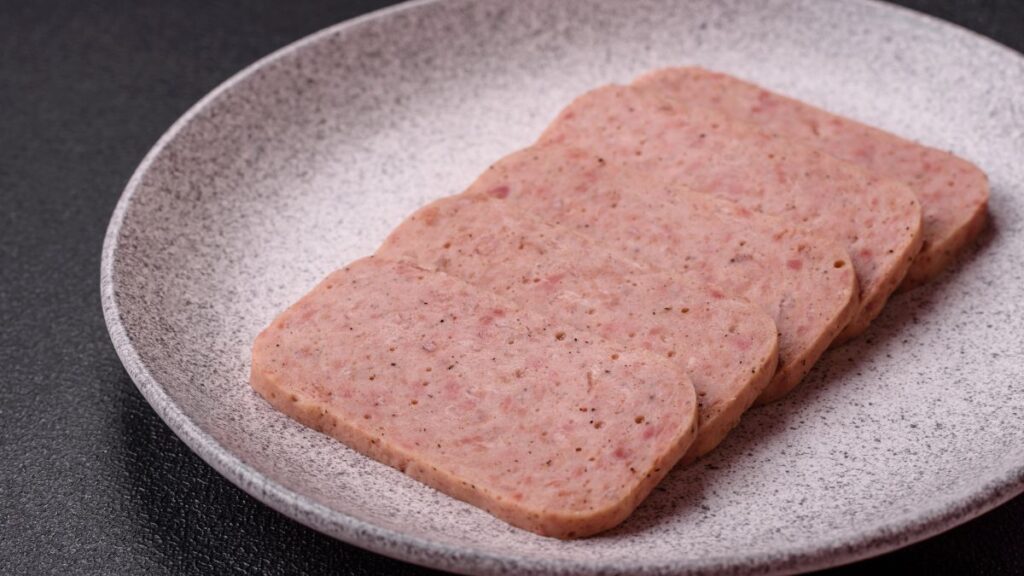
Canned meats like chicken, tuna, and beef can last up to 15 years if stored in a cool, dry place. These proteins are essential for maintaining energy and strength during emergencies. Canned meat is precooked, making it a convenient and ready-to-eat option.
You can eat it straight from the can or use it in stews, soups, and other dishes. Ensure the cans are correctly sealed, and check them periodically for any signs of rust or damage.
Oats
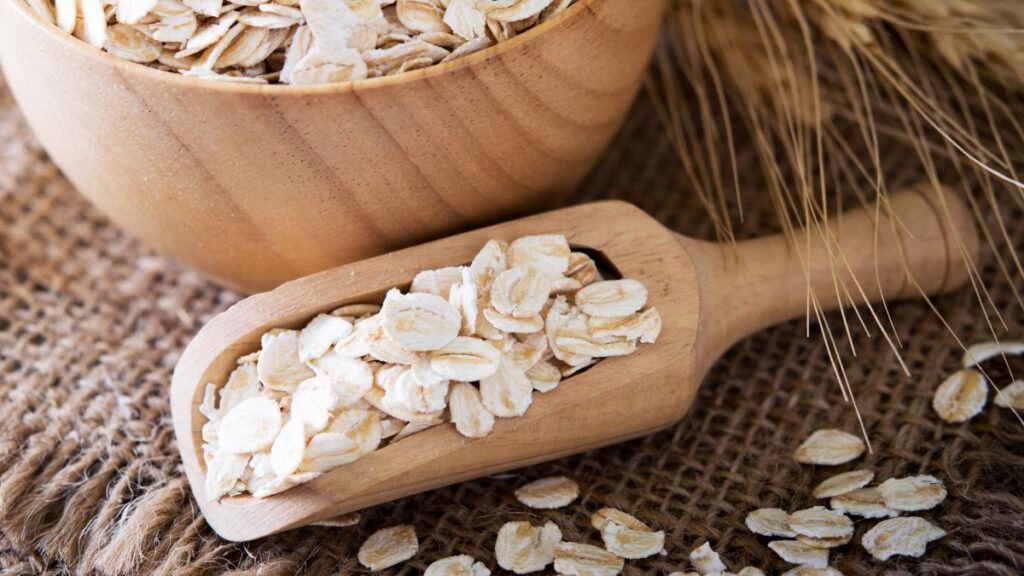
Oats are a nutritious and versatile food that can last up to 15 years when stored in airtight containers. They are a great source of fiber, vitamins, and minerals, making them a healthy addition to your stockpile.
Oats can be used to make oatmeal, granola, or even added to baked goods for extra nutrition. They are easy to prepare and can be cooked with water or milk. To extend their shelf life, ensure that your oats are stored in a dry, cool place.
Cornmeal

Cornmeal is another long-lasting food that can stay fresh in your stockpile for up to 15 years when stored in airtight containers. It’s a staple in many recipes, from cornbread to polenta, and provides a good source of carbohydrates.
Cornmeal can also thicken soups and stews or coat foods for frying. Its versatility and ease of storage make it a practical choice for long-term food supplies.
Bouillon Cubes
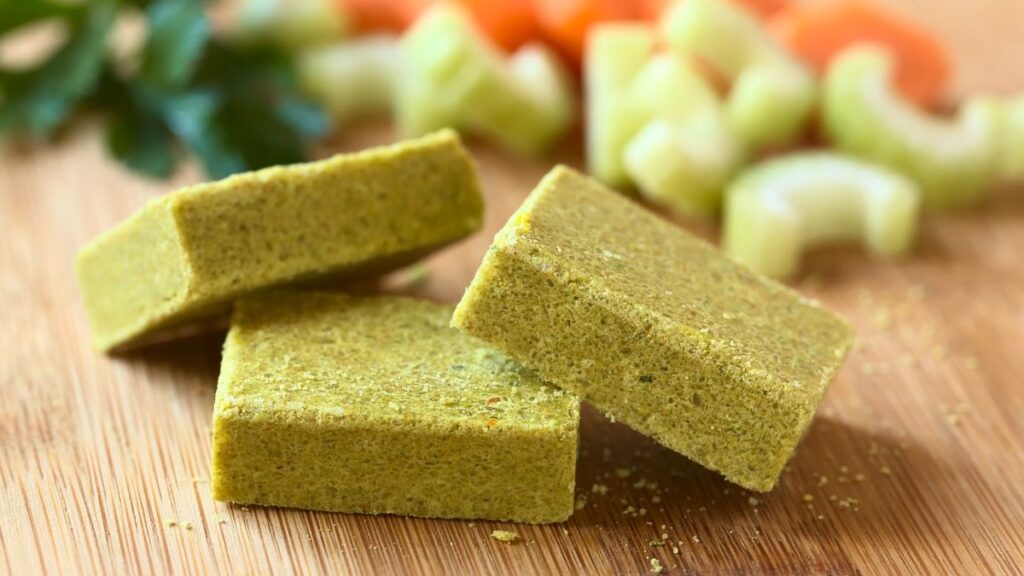
Bouillon cubes or powder can last up to 15 years, adding flavor to soups, stews, and other dishes. These small, concentrated flavor packets are easy to store and lightweight, making them ideal for stockpiling.
They can turn plain water into a flavorful broth, enhancing the taste of simple meals. Whether you choose beef, chicken, or vegetable bouillon, these cubes are a great way to add flavor and nutrients to your meals without taking up much space.
Canned Vegetables
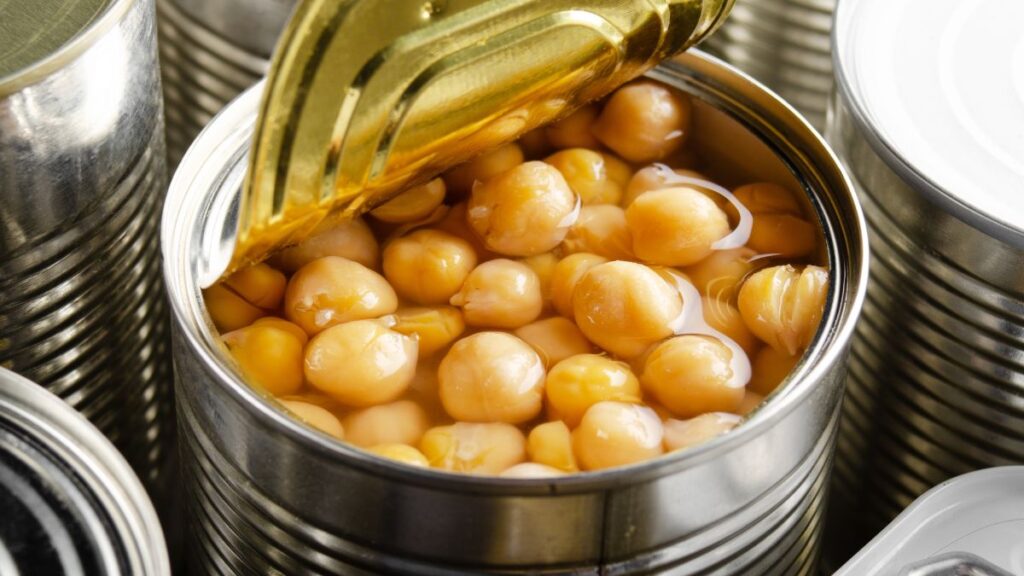
When stored properly, canned vegetables can last up to 15 years and provide essential nutrients. While fresh vegetables spoil quickly, canned versions retain their nutritional value for much longer.
Canned corn, green beans, peas, and tomatoes are just a few options that can be added to your stockpile. They’re ready to eat or can be used in soups, stews, or casseroles. Store them in a cool, dry place to prevent the cans from rusting or becoming damaged.
Instant Coffee
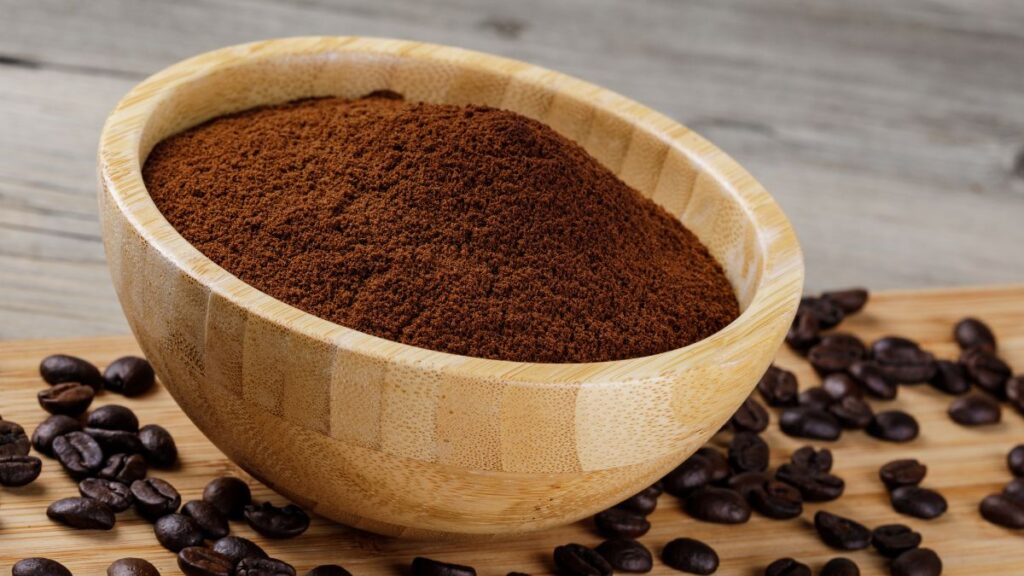
For those who can’t go without their morning coffee, instant coffee is a great long-term option. When stored in a cool, dry place, instant coffee can last up to 15 years. It’s lightweight, easy to store, and can quickly rehydrate with hot water.
While it may not taste as fresh as brewed coffee, it’s convenient to enjoy a warm cup of coffee during emergencies. Plus, the caffeine boost can help keep energy levels up when needed.
15 Grocery Items to Stock Up On Before Winter Price Hikes

As winter draws near, temperatures rise, as do grocery prices. The colder months often bring higher food costs due to increased demand, supply chain challenges, and seasonal shortages.
15 Grocery Items to Stock Up On Before Winter Price Hikes
15 Foods Only The Wealthy and Elite Can Eat Now

Culinary trends are constantly evolving, and some foods have become more than just sustenance—they’ve become status symbols reserved for the elite.


